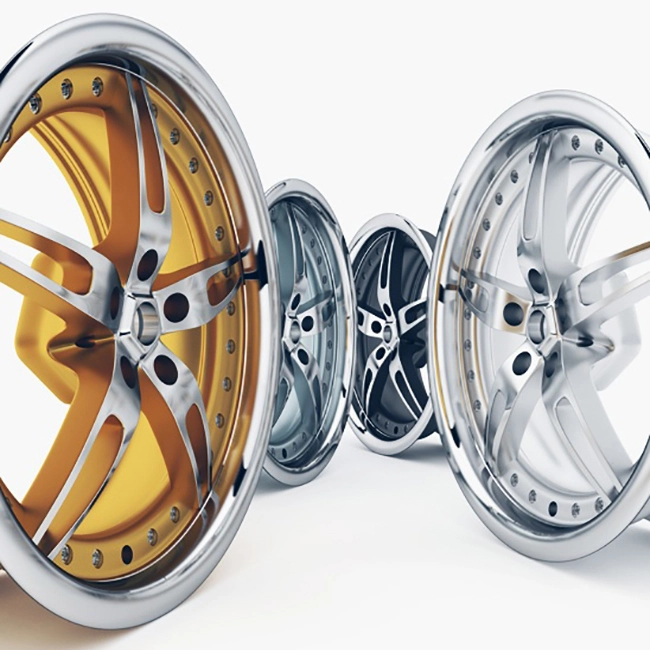Understanding the Importance of Axle Seals in Vehicle Maintenance and Performance
Understanding Axle Seals Importance, Functionality, and Replacement
Axle seals play a critical role in the functionality and longevity of vehicles, especially in maintaining the integrity of the drivetrain. These components are essential for preventing fluid leaks from the axle and protecting the internal mechanisms from dirt, moisture, and other contaminants. In this article, we will explore the importance of axle seals, how they function, common problems associated with them, and the process for replacing them.
What Are Axle Seals?
Axle seals are rubber or composite gaskets located at the junction of the differential and the axle shaft. Their primary function is to keep the lubricant inside the axle housing while preventing external contaminants, such as dirt and water, from entering. They act as barriers, ensuring that the lubrication system remains effective and that the internal components are maintained in optimal condition.
Importance of Axle Seals
The significance of axle seals cannot be overstated. Firstly, they create a seal that helps maintain the correct fluid levels within the axle housing. Proper lubrication reduces friction and wear on gears and bearings, prolonging the life of these components. Secondly, without effective seals, differential oils can leak out, leading to inadequate lubrication. This can cause overheating, accelerated wear, and ultimately failure of the axle assembly.
Furthermore, good-quality axle seals are crucial for preventing contamination. If dirt and moisture enter the axle assembly, they can cause severe damage, including rust and pitting of the components. This can be particularly problematic for off-road vehicles or those that frequently operate in harsh environments. Therefore, regular inspection and maintenance of axle seals are essential for ensuring vehicle reliability and safety.
Common Problems with Axle Seals
Despite their significance, axle seals can wear out over time due to several factors. Age and heat exposure can cause the rubber material to become brittle, resulting in cracks and leaks. Additionally, improper installation or misalignment during assembly can lead to premature failure. Signs of a failing axle seal include fluid leaks on the ground beneath the vehicle, whining noises from the axle, or an increase in the temperature of the differential.
Replacement of Axle Seals
axle seal

Replacing axle seals is a task that should be performed with care, as improper installation can lead to further issues. The process typically involves raising the vehicle, removing the wheel and brake assembly, and then disassembling the axle components to access the seal.
1. Preparation Ensure you have the correct replacement seals, tools, and safety gear before beginning the process.
2. Removal Remove the wheel and brake components. Use appropriate tools to separate the axle assembly, taking care to note the arrangement of parts for reassembly.
3. Seal Extraction Carefully extract the old axle seal using a seal puller or a flathead screwdriver, being cautious not to damage the surrounding area.
4. Installation Before installing the new seal, clean the mating surfaces thoroughly to ensure a proper fit. Lubricate the new seal with a small amount of the differential fluid and gently press it into place, making sure it sits flush with the axle housing.
5. Reassembly Reassemble the axle components, ensuring everything is aligned correctly. Replace the brake assembly and wheel before lowering the vehicle.
6. Testing After the replacement, it’s crucial to test-drive the vehicle, checking for any signs of leaks or abnormalities.
Conclusion
Axle seals are vital components that contribute significantly to a vehicle’s performance and longevity. Regular inspection and timely replacement can prevent costly repairs and ensure the smooth operation of your drivetrain. Whether you're a DIY enthusiast or prefer to enlist the help of a professional, understanding the importance of axle seals will help maintain your vehicle’s health on the road.
-
Simplifying Oil Changes: A Comprehensive Guide to Oil Drain Plugs and Their Variants
News Aug.04,2025
-
Mastering Oil Drain Maintenance: Solutions for Stripped, Worn, and Upgraded Oil Plugs
News Aug.04,2025
-
Fixing Oil Pan Plug Issues: Leaks, Stripped Nuts, and the Right Replacement Solutions
News Aug.04,2025
-
Everything You Need to Know About Oil Drain Plugs: Sizes, Fixes, and Upgrades
News Aug.04,2025
-
Choosing the Right Oil Drain Plug: A Guide to Sizes, Materials, and Drain Innovations
News Aug.04,2025
-
A Complete Guide to Automotive Drain Plugs: Types, Problems, and Innovative Solutions
News Aug.04,2025
-
The Ultimate Guide to Car Repair Kits: Tools and Essentials Every Driver Should Own
News Aug.01,2025
Products categories















